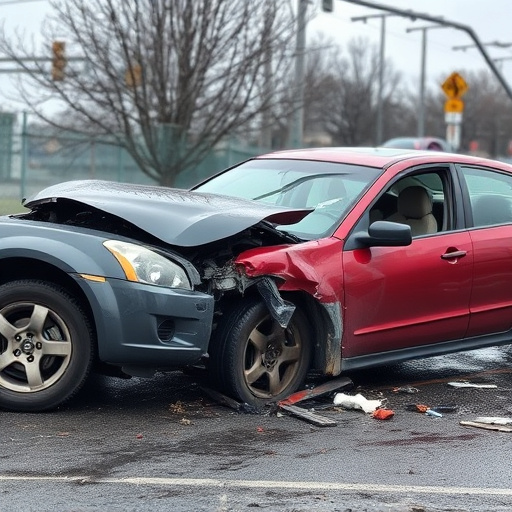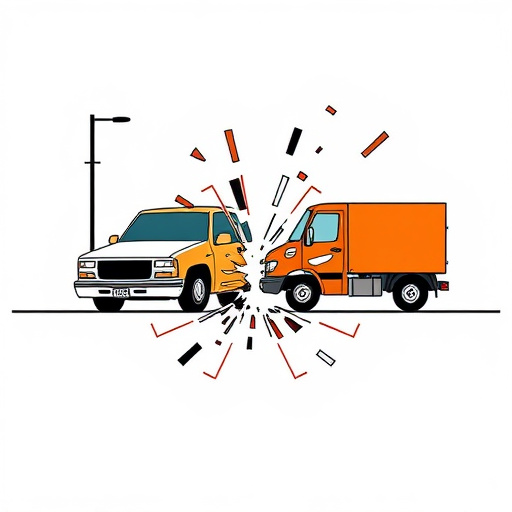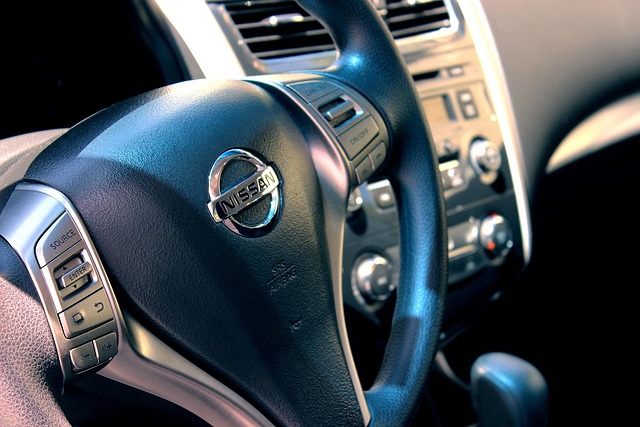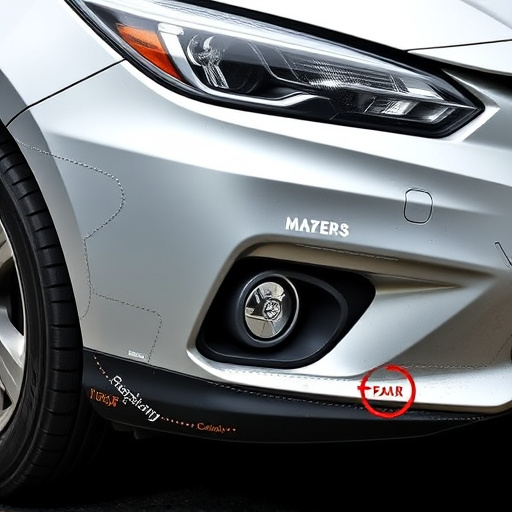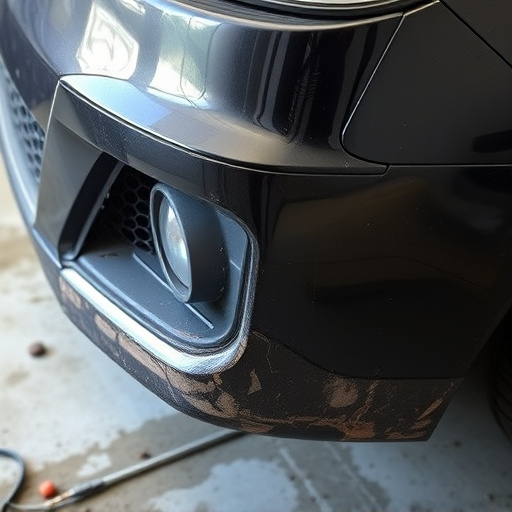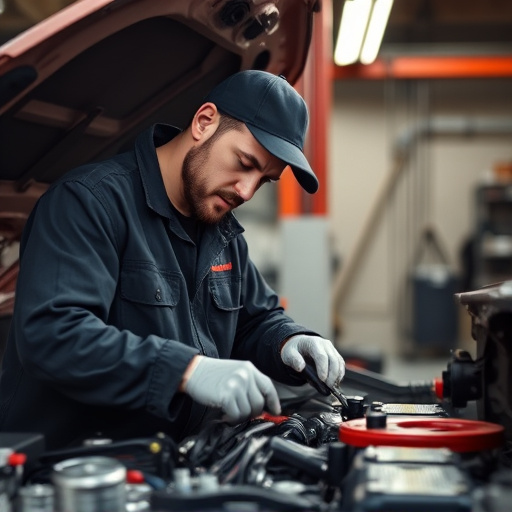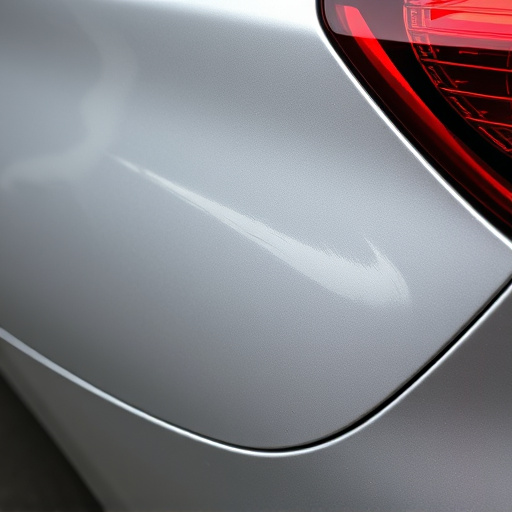Tesla Major Structural Repair specializes in extensive damage restoration using structural adhesives to ensure frame integrity and passenger safety, critical for optimal vehicle performance. The meticulous process involves thorough assessments, disassembly, cleaning, and reapplication of adhesives, comparable to high-precision repairs for premium vehicles like Mercedes Benz. Strict protocols, including surface preparation, ensure strong bonds, making this a key component in Tesla major structural repair processes that address challenges like matching original finishes and adapting modern dent repair techniques while maintaining safety and structural integrity.
Tesla vehicles are renowned for their advanced technology, but like any car, they require meticulous maintenance. When it comes to structural integrity, understanding the process of Tesla major structural repair is crucial. This article delves into the intricacies of reapplying structural adhesives—a critical step in ensuring the safety and longevity of these electric vehicles. We explore the process, best practices, and common challenges encountered during Tesla major structural repairs, offering valuable insights for both professionals and enthusiasts alike.
- Understanding Tesla Major Structural Repair
- The Process of Structural Adhesive Reapplication
- Best Practices and Common Challenges in Tesla Major Structural Repairs
Understanding Tesla Major Structural Repair
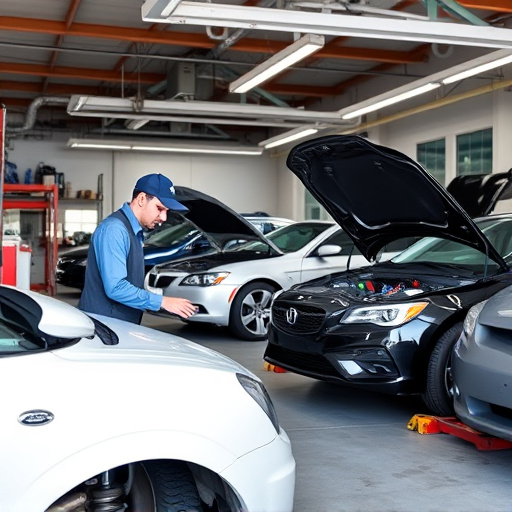
Tesla Major Structural Repair is a specialized service that addresses significant structural damage to Tesla vehicles, often requiring the reapplication of structural adhesives. This process is crucial for restoring the integrity and safety of the vehicle’s frame and components, which are vital for optimal performance and passenger protection. Understanding the extent of the damage is the first step; technicians meticulously assess every angle and potential hidden issues within the car’s body structure.
The repair process involves careful disassembly, where affected parts are separated to gain access to the underlying structural elements. Once exposed, these areas are thoroughly cleaned and prepared for adhesive reapplication. This meticulous approach ensures that the repair is not just superficial but effectively reinforces the vehicle’s structural integrity, comparable to a Mercedes Benz repair or any high-precision vehicle body repair.
The Process of Structural Adhesive Reapplication
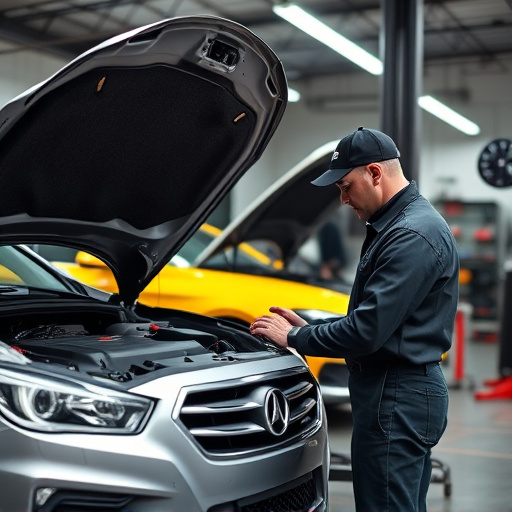
The process of Structural Adhesive Reapplication for Tesla Major Structural Repairs is a meticulous and crucial step in restoring these high-end vehicles to their original condition. It involves carefully removing the existing adhesive, preparing the surface, and then applying a new layer of adhesive to ensure structural integrity. This is particularly important for luxury vehicle repair services, where precision and quality are paramount.
For fender repair or more significant Tesla major structural repairs, technicians must follow strict protocols. They start by thoroughly inspecting the damaged area, identifying any loose debris or contaminants that could affect adhesion. Next, they use specialized tools to carefully strip away the old adhesive, ensuring a clean and smooth surface for the new application. Proper preparation is key to achieving a strong bond, which is essential for safe and reliable vehicle operation.
Best Practices and Common Challenges in Tesla Major Structural Repairs
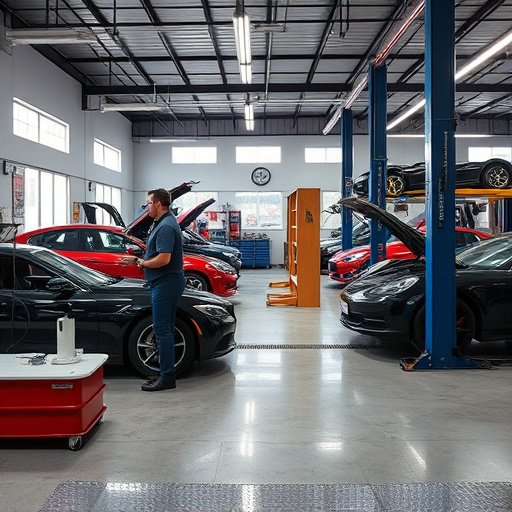
When undertaking Tesla major structural repair, best practices involve meticulous planning and execution. It’s crucial to begin with a thorough inspection, identifying all damaged areas and determining the extent of the work required. Using high-quality structural adhesives designed specifically for automotive applications is essential for long-lasting repairs. Proper surface preparation, including cleaning, degreasing, and sanding, ensures optimal adhesive bonding.
Despite these practices, common challenges arise in Tesla major structural repairs. These include matching original factory finishes accurately, especially on classic car restoration projects, and dealing with unique material compositions. Car dent repair techniques may need to be adapted for complex geometric shapes found in modern vehicle designs. Moreover, ensuring the safety and structural integrity of the vehicle throughout the process is paramount, requiring careful handling and adherence to manufacturer guidelines.
Tesla major structural repairs, particularly reapplying structural adhesives, are essential for maintaining vehicle integrity. Understanding the process, adhering to best practices, and addressing common challenges are key to ensuring these repairs are effective and long-lasting. By mastering the art of Tesla major structural repair, professionals can enhance vehicle safety and performance, proving that thorough knowledge and careful execution make this a game-changer in automotive maintenance.


